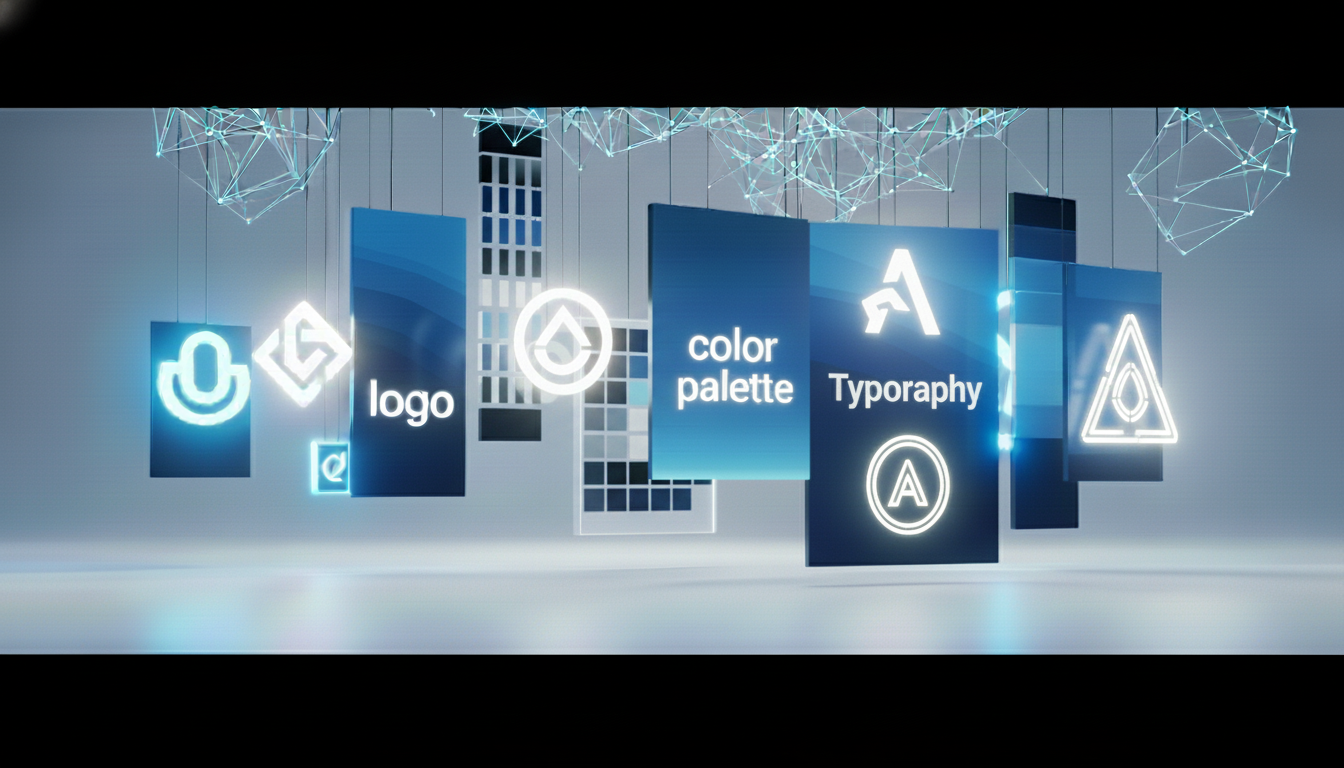With today’s competitive marketplace, brands continuously look for innovative means to get noticed and appeal to new bases. 11 Co-Branding Examples in 2023 to Get Inspired illustrates how robust brand partnerships have the ability to fuel innovation and enhance brand presence.
Co-branding, through which two or more brands co-partner over a joint product or campaign, has become an insider strategy to expand reach and gain trust. These successful pairings leverage combined strengths to deliver unique customer experiences and stronger market impact.
If you’re in the field of marketing and seeking inspiration, you’ve come to the right place. In this blog post, we’ll explore co-branding examples from 2023, along with some popular co-branding examples that are sure to spark your creativity and provide fresh ideas for collaborations.
From fashion and technology to food and entertainment, these partnerships showcase the power of collaboration in today’s competitive market.
In this post, you’ll discover standout co-branding efforts from 2023 that can inspire your next collaboration. So sit back, relax, and get ready to be inspired by these exciting co-branding examples!
What is Co-Branding?
Co-branding strategy is a way to capture more attention, where two brands join forces to create something even more powerful. It’s like playing a baseball game with a football, intended to make the game more interesting. The partnership of two entities grabs the attention of a mass audience, allowing you to tap into markets that were previously out of your reach.
It’s a powerful alliance that enables each brand to leverage the strengths and reputation of the other, resulting in increased visibility, customer loyalty, and market share.
Think of it as a win-win situation where both brands expand their reach and tap into new audiences. So, the next time you see your favorite snack teaming up with another brand, know that co-branding is at play, creating excitement and buzz in the marketplace.
Co-Branding vs. Co-Marketing: What’s the Difference?
Companies often collaborate and leverage each other’s brand equity through co-branding and co-marketing. While they may seem similar, there are distinct differences between the two.
Co-branding involves two or more brands coming together to create a joint product or service. This collaboration allows each brand to benefit from the association with the other, expanding its reach and customer base.
On the other hand, co-marketing is a strategy where two brands join forces to promote a common marketing campaign or initiative. This can include joint advertising, events, or sponsorships.
The main difference between co-branding and co-marketing lies in the depth of integration between the brands. Co-branding is typically a more intensive collaboration that involves joint product development and shared resources while co-marketing focuses on joint promotional activities.
Both strategies have their unique benefits and can be powerful tools for building brand awareness and driving customer engagement.
Types of Co-Branding
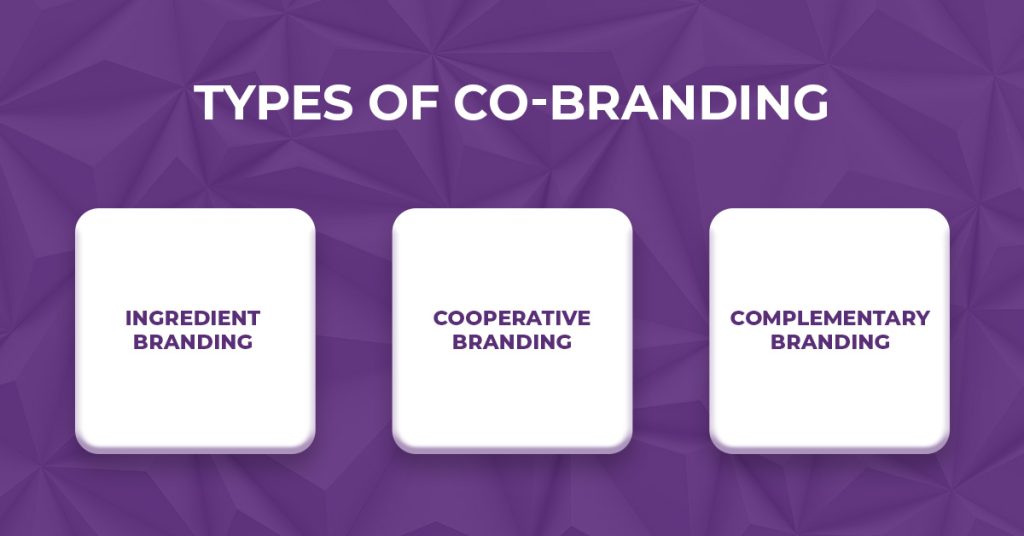
Co-branding comes in three different flavors; let’s discuss these in detail:
Ingredient Branding
Imagine your favorite burger joint proudly announcing that they use “Cannen’s Patty” in their burgers. That’s ingredient branding. A recognizable brand provides a crucial component that adds value to the final product.
Ingredient Branding Example:
“Intel Inside” – Remember those stickers on computers? Intel, the microprocessor giant, partnered with computer manufacturers to showcase that their chips powered those machines. Consumers trusted the quality of Intel, and computer manufacturers gained an edge by highlighting the technology inside.
Cooperative Branding
Ever witnessed a power-packed collaboration between superheroes? Cooperative branding is pretty much the same—when two brands combine their forces to create something exceptional, sharing the spotlight.
Cooperative Branding Example:
Spotify x Starbucks – Imagine sipping your latte at Starbucks and scanning a Spotify code for the store’s curated playlist. This partnership blended the musical vibe of Spotify with the coffee experience at Starbucks, creating a harmonious blend of flavor and sound.
Complementary Branding: Perfect Harmony
Imagine two puzzle pieces that fit together perfectly, creating a complete picture. That’s the beauty of complementary branding—two distinct brands come together, each filling a crucial role, and the result is a seamless, perfect fit.
Complementary Branding Example:
GoPro and Red Bull – The adrenaline-fueled partnership! GoPro, famous for action cameras, teamed up with Red Bull, the energy drink powerhouse. The partnership showcased extreme sports and daring feats, with GoPro cameras capturing the heart-pounding action while Red Bull fueled the athletes.
And there you have it—it’s all about mixing, matching, and creating the perfect fusion for an unforgettable branding experience!
Co-Branding: Advantages and Disadvantages
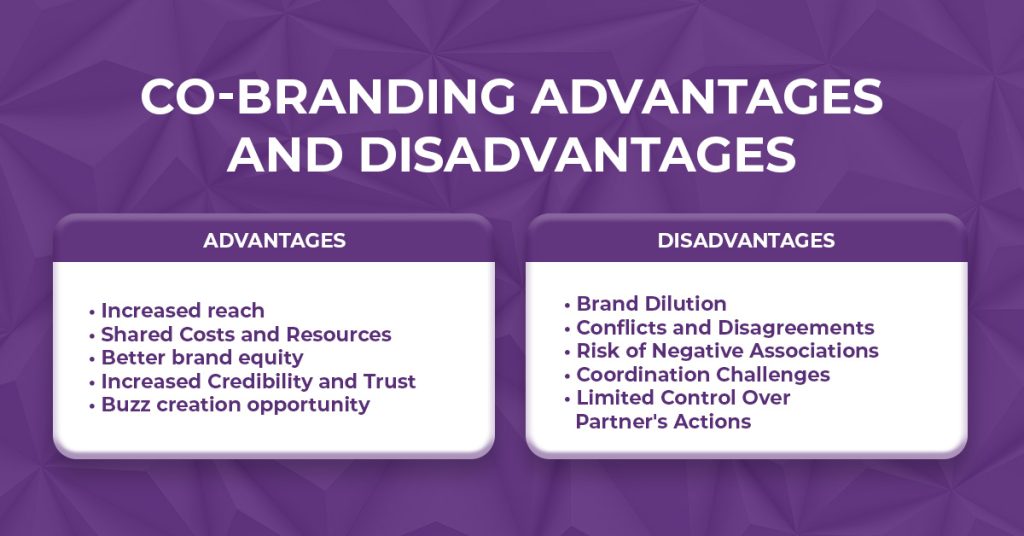
Yes, co-branding works great when done strategically, but it could also lead to severe damage to your brand image if not planned well. Let’s look at a few advantages and disadvantages of co-branding in 2023:
Advantages
Increased Reach
Having an ally in co-branding is like setting sail for uncharted territory. When two reputable brands unite, they can navigate through unexplored markets, reaching a broader audience than they could on their own. Imagine Nike partnering with Apple for a sporty smartwatch, combining fitness prowess with tech elegance to conquer the fitness-tech domain.
Shared Costs and Resources
Like pooling resources to craft the ultimate technology, co-branding allows partners to share the financial burden. Imagine if Tesla and SpaceX collaborated on developing sustainable energy solutions—combining Tesla’s electric vehicle technology with SpaceX’s solar innovations. A shared budget will ensure a stronger solution to energy challenges.
Better Brand Equity
Co-branding is like being awarded trust. It endorses the value and credibility of both brands. When Airbnb and Hearst Magazine co-launched a magazine, it was like a royal proclamation that said, “This alliance is worth your attention.”
Increased Credibility and Trust
Imagine Gandalf vouching for Frodo—that’s the power of co-branding. When two reputable brands join forces, their customers trust the new creation more. Apple and IBM collaborating on a business tablet, for example, increase trust in the tech giant and the business solutions expert.
Buzz Creation Opportunity
Co-branding is like sending out invitations to a grand feast. The buzz and excitement surrounding the partnership can be immense. Imagine Marvel and Fortnite coming together for a special event, where superheroes battle it out in the gaming world. The buzz around such an event would look like a kingdom preparing for a grand celebration.
Disadvantages
Brand Dilution
Imagine Batman teaming up with too many heroes—the brand essence can get diluted. Co-branding runs the risk of muddling the unique identity of each brand involved. Like if Gucci collaborates with a dollar store, it might confuse the consumer and tarnish Gucci’s luxury image.
Conflicts and Disagreements
Sometimes, these titans clash, resulting in disagreements that can shake the very foundation of the partnership. Imagine if Microsoft and Sony partnered for a gaming console but clashed on the design—it could lead to a war of conflicting visions.
Risk of Negative Associations
Co-branding can be a double-edged sword. If one brand in the partnership faces a scandal or a public relations disaster, it can taint the other by association. For instance, if a trusted beverage brand collaborates with a tobacco company, the association might harm the beverage brand’s reputation.
Coordination Challenges
Co-branding is like a salsa dance where partners need to move in sync. If one partner fumbles or steps out of line, the whole performance can suffer. Imagine if Google and a car manufacturer collaborate on a self-driving car—if the software and hardware aren’t perfectly synced, it could lead to a chaotic ride.
Limited Control Over Partner’s Actions
When two brands join forces, they must accept that they cannot control every aspect of the other’s operations. For example, if a high-end fashion brand collaborates with a discount retailer, it can’t dictate the retailer’s pricing strategies or customer service, potentially leading to misalignment with its brand values.
6 Co-Branding Examples in 2023 for Inspiration
Bybit and Franck Muller: Synergizing Technology and Craftsmanship
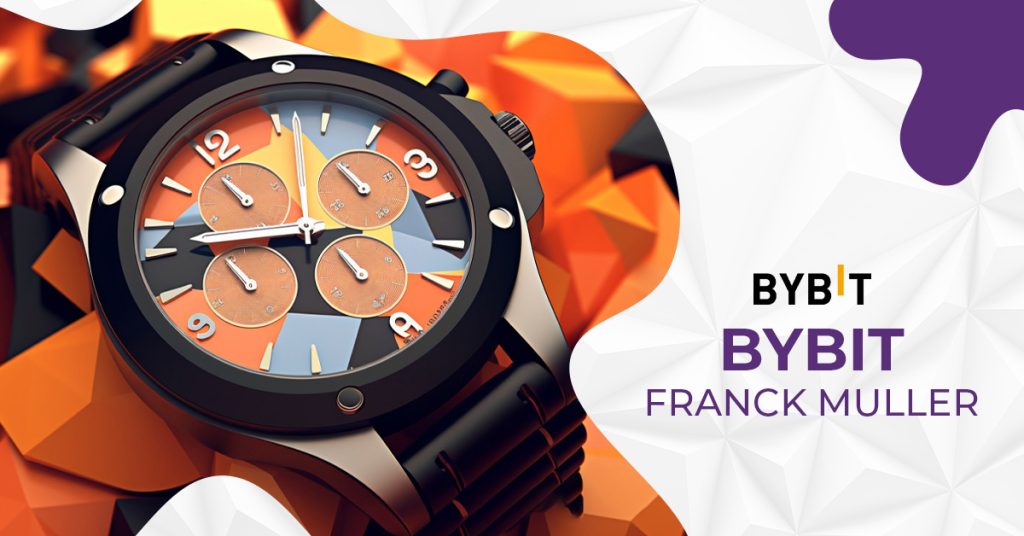
Bybit, the world’s prominent crypto exchange based in Dubai, unveiled a groundbreaking collaboration with Franck Muller, an esteemed Swiss luxury watch manufacturer, aimed at fostering a co-branding partnership that marries cutting-edge technology with timeless craftsmanship. This venture seeks to epitomize the seamless integration of Bybit’s technological prowess with Franck Muller’s artisanal excellence.
This unique alliance seamlessly marries Bybit’s cutting-edge technology with Franck Muller’s timeless craftsmanship. Their co-branded card, the epitome of this collaboration, not only symbolizes their shared ethos but also offers exclusive benefits to their discerning clientele.
This collaboration brilliantly showcases how two distinct industries can converge, creating an innovative and exciting amalgamation that transcends traditional boundaries.
Gucci – Vans: A Prime Example of Co-Branding Innovation in 2023
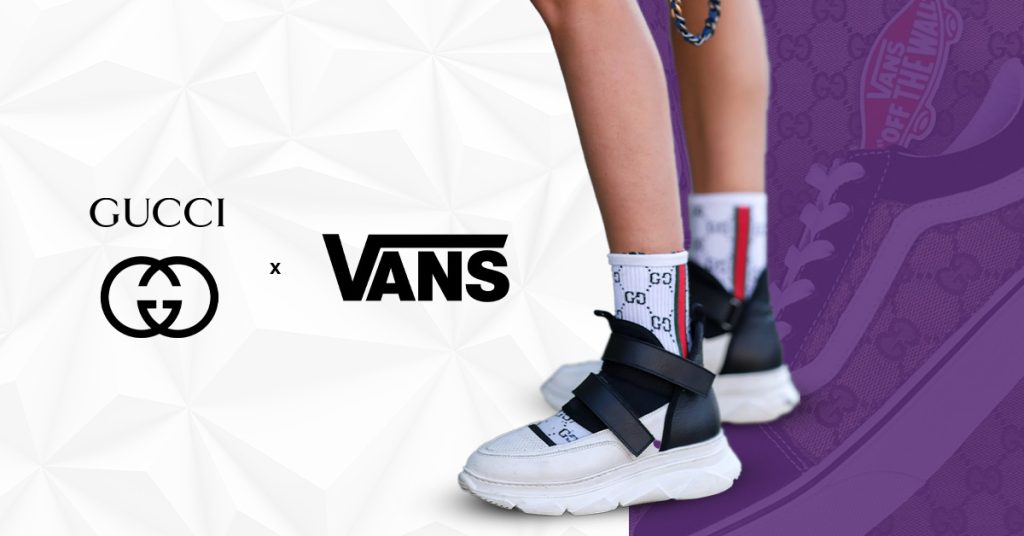
In a bold leap into the virtual world, esteemed fashion brands Gucci and Vans joined hands to create an exceptional co-branded experience within the popular gaming platform, Roblox.
Their brainchild, Gucci Town x Vans World, showcases a seamless fusion of two distinct virtual realms, introducing an exciting scavenger hunt challenge. Players navigate between these worlds using showbox-style portals, collecting fabrics and patterns.
The hallmark of this collaboration lies in the inventive co-branded digital goods offered to players upon completing the challenges, allowing them to adorn their Roblox avatars with these exclusive items at no cost.
This collaboration demonstrates how strategic alliances can extend beyond traditional ways. By combining their brand strengths and creativity, Gucci and Vans have not only enhanced their digital presence but also enriched the gaming experience for their audience, marking a remarkable stride forward in co-branded campaigns.
Tiffani & Company and Nike: A Striking Co-Branding Crossover in Fashion
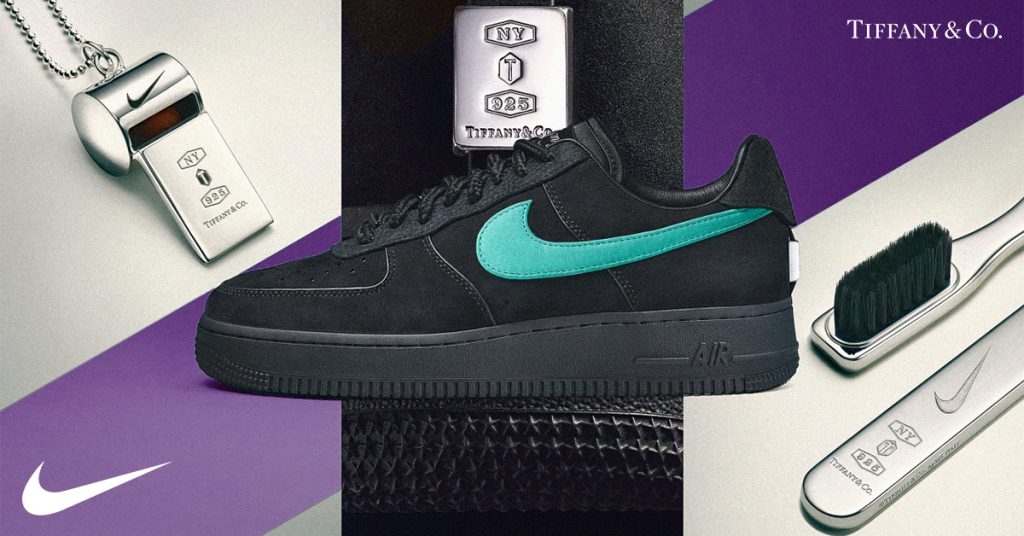
The NBA tunnel is now a fashion catwalk, featuring LeBron James flaunting a pre-launch Tiffany & Co. x Nike collaboration.
The ensemble includes a Tiffany-branded black letterman jacket with azure accents and the unreleased Tiffany & Co. x Air Force 1 sneakers, expected to retail at $400.
This surprising partnership announced just 24 hours before LeBron’s stylish stride, strategically buzzes with excitement. Tiffany & Co., historically known for high-end jewelry, is diversifying under Alexandre Arnault’s vision, engaging a broader, younger audience through this unexpected venture into footwear and accessories.
This audacious collaboration melds Tiffany’s luxury image with Nike’s mass appeal, promising a fresh direction for both brands in the realm of fashion.
Volcon and Torrot Electric Europa: Accelerating Youth Electric Motorcycles
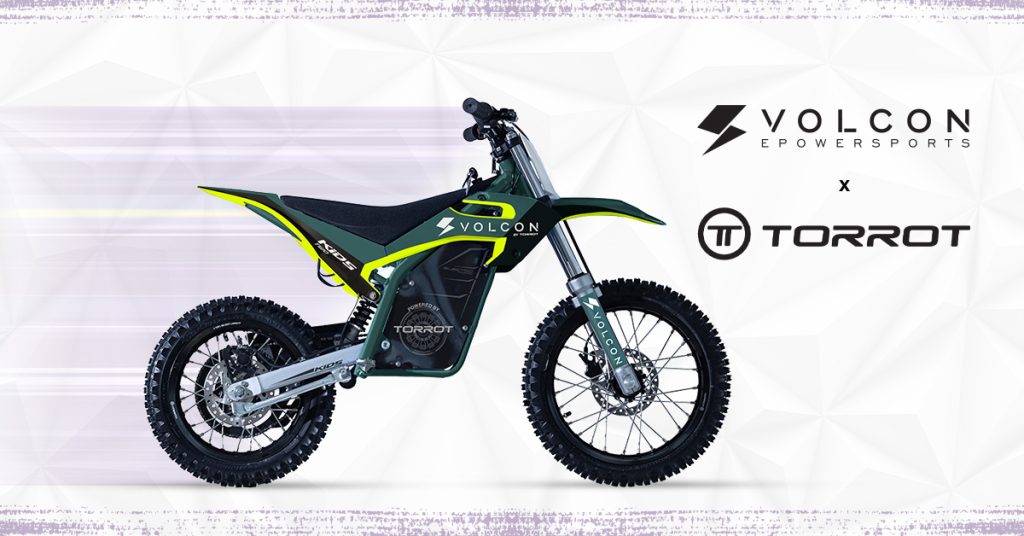
Volcon Inc. secured an exclusive co-branding and distribution partnership with Torrot Electric Europa. Under this three-year agreement, Volcon gains exclusive rights to distribute Torrot’s new range of youth motorcycles, manufactured near Barcelona, Spain. Torrot, boasting nearly 75 years of motorcycle design and manufacturing expertise, pivoted towards environmentally conscious electric vehicles in 2011.
This collaboration unites Torrot’s extensive experience in motorcycle design, especially in the electric domain, with Volcon’s burgeoning brand presence. The objective is to seamlessly integrate Torrot’s technologically advanced electric motorcycles into Volcon’s product lineup, offering a diverse range of high-quality off-road electric motorcycles suitable for ages 3 to 16. This strategic collaboration reinforces Volcon’s commitment to providing comprehensive ePowersports solutions for diverse age groups and interest levels.
Hasbro and Mattel: A Game-Changing Co-Branding Venture in the Toy Industry
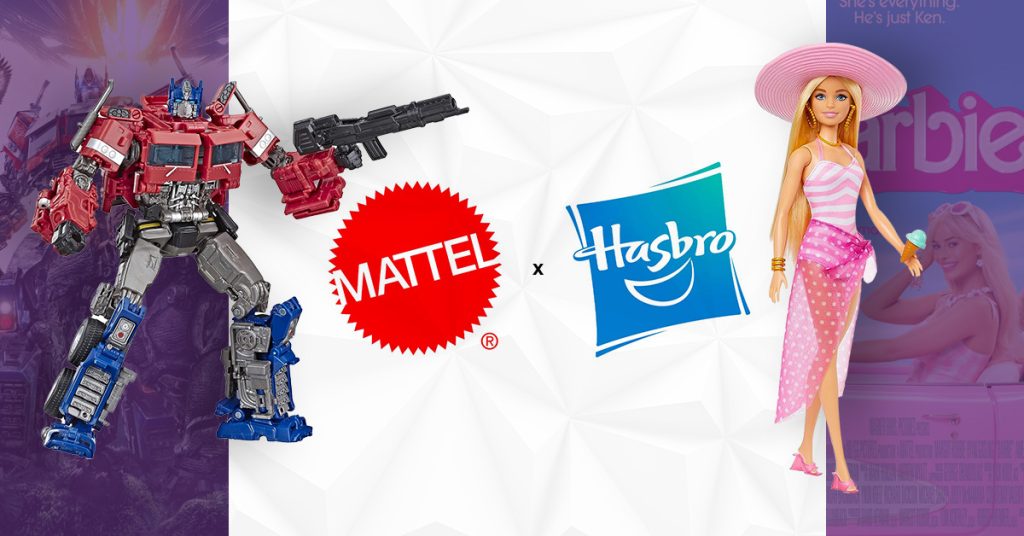
Toy industry titans Hasbro and Mattel have united forces in a groundbreaking co-branding collaboration, forging a deal to create crossover toys and games.
This licensing partnership merges some of the most prominent brands in the American toy market, envisioning innovative products like Barbie-themed Monopoly games and Hot Wheels vehicles featuring Transformers-inspired designs.
The strategic move is primed to invigorate both companies, generating anticipation ahead of Q1 earnings reports and coinciding with cinematic releases of “Transformers: Rise of the Beasts” and “Barbie.”
In the upcoming months, Hasbro will introduce Barbie Monopoly games, while Mattel will unveil Transformers UNO games. Looking forward, Transformers will venture into the realm of Hot Wheels in early 2024. This official collaboration, confirmed after a preview at Spielwarenmesse, the Nuremberg International Toy Fair, marks a significant milestone for the toy industry.
Netflix and GM Electric: Powering Up the Super Bowl with a Co-Branded Ad Spectacle
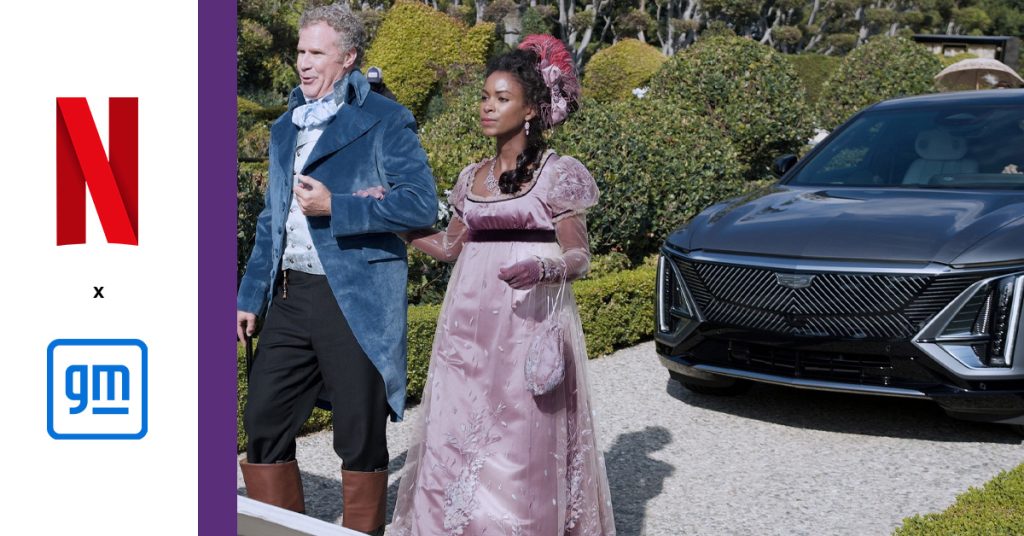
In a dynamic collaboration, Netflix and GM lit up the screens during this year’s Super Bowl with a riveting 60-second spot aired during the second quarter. Comedy icon Will Ferrell took the stage to promote GM’s electric vehicles alongside Netflix chart-toppers like Squid Game, Bridgerton, Queer Eye, and Army of the Dead. Crafted by The Community and McCann, this creative partnership became a cornerstone of their shared mission—to seamlessly integrate electric vehicles both on screen and in reality.
Netflix committed to showcasing at least one electric vehicle from GM or another EV manufacturer in its new productions, illustrating their dedication to sustainable entertainment. This co-branded initiative underlined a broader vision, emphasizing the importance of portraying electric vehicles in an authentic and meaningful way within creative storytelling.
5 Co-Branding Examples of Popular Brands for Inspiration
Levi’s and Pinterest: A Striking Co-Branding Example
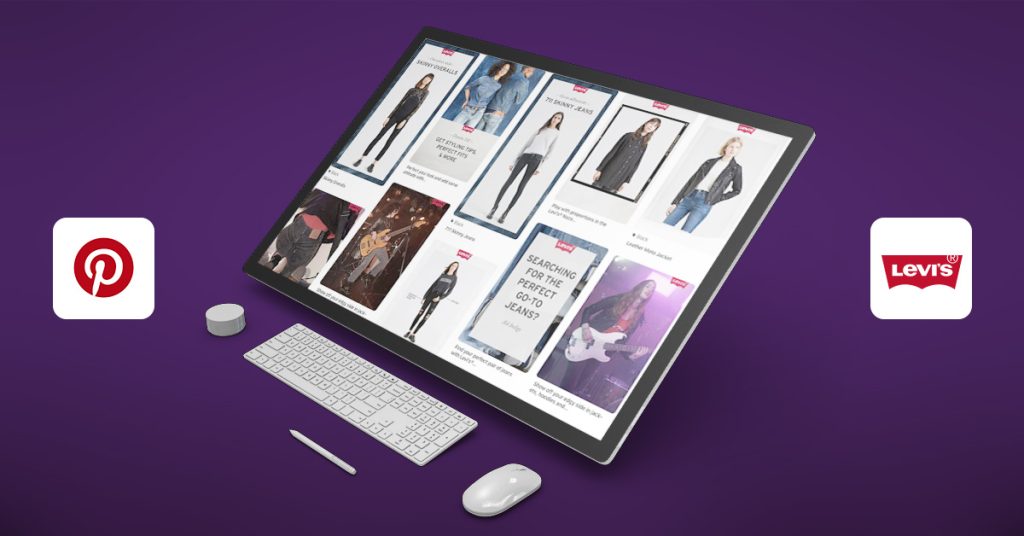
In a remarkable partnership, Levi’s and Pinterest teamed up to bring innovation to the fashion world. This collaboration took center stage with a series of captivating marketing initiatives, showcasing Levi’s iconic denim pieces and trends on Pinterest’s expansive platform. The collaboration celebrated individuality and style, fusing Levi’s timeless fashion with Pinterest’s creative space.
Pinterest became a go-to platform for Levi’s to showcase their latest collections, inspiring and engaging a diverse community of fashion enthusiasts. Through dedicated boards and creative pins, Pinterest offered a unique canvas for Levi’s to display their versatile denim offerings and fashion-forward looks.
This collaboration underscored the power of co-branding, synergizing the strengths of both Levi’s and Pinterest to elevate fashion discovery and make a lasting impact on the style landscape.
Taco Bell and Doritos: A Flavorful Co-Branding Fiesta

Taco Bell and Doritos united in a bold co-branding venture that tantalized taste buds everywhere. This exciting collaboration brought together Taco Bell’s beloved Tex-Mex delights with the iconic crunch and flavors of Doritos. The result? A symphony of taste sensations that left fans craving more.
Doritos-infused Taco Bell menu items, like the Doritos Locos Tacos, became a culinary sensation, delighting fans with the fusion of Taco Bell’s signature fillings enveloped in Doritos-flavored shells. This co-branding success story showcased how two distinct food brands could join forces to create an entirely new, buzzworthy gastronomic experience.
The partnership highlighted the essence of co-branding, leveraging each brand’s unique appeal to craft an innovative product that resonated with food enthusiasts and set a new standard for fast-food collaborations.
Nike and Apple: Example of Co-Branding Excellence
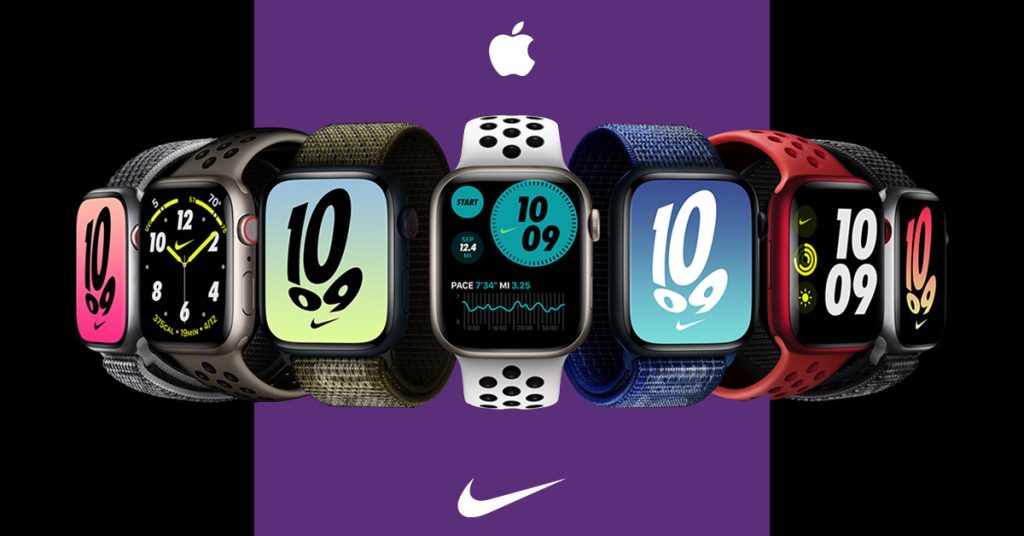
The collaboration between Nike and Apple was a true marriage of innovation and style, uniting two industry giants to redefine the fitness experience. This groundbreaking partnership seamlessly integrated Apple’s cutting-edge technology with Nike’s athletic expertise, enhancing the way people approach fitness and sport.
Apple’s revolutionary wearable, the Apple Watch, became an extension of Nike’s ecosystem, empowering users to track their workouts with precision. The Nike Training Club app on the Apple Watch provides personalized training regimens, amplifying the effectiveness of workouts. Simultaneously, Apple featured exclusive Nike watch bands, embodying the fusion of fashion and function.
This co-branded venture symbolized the essence of technological convergence, proving how collaboration can enhance user experiences and elevate both brands in the eyes of consumers.
Starbucks & Spotify: A Melodious Co-Branding Blend
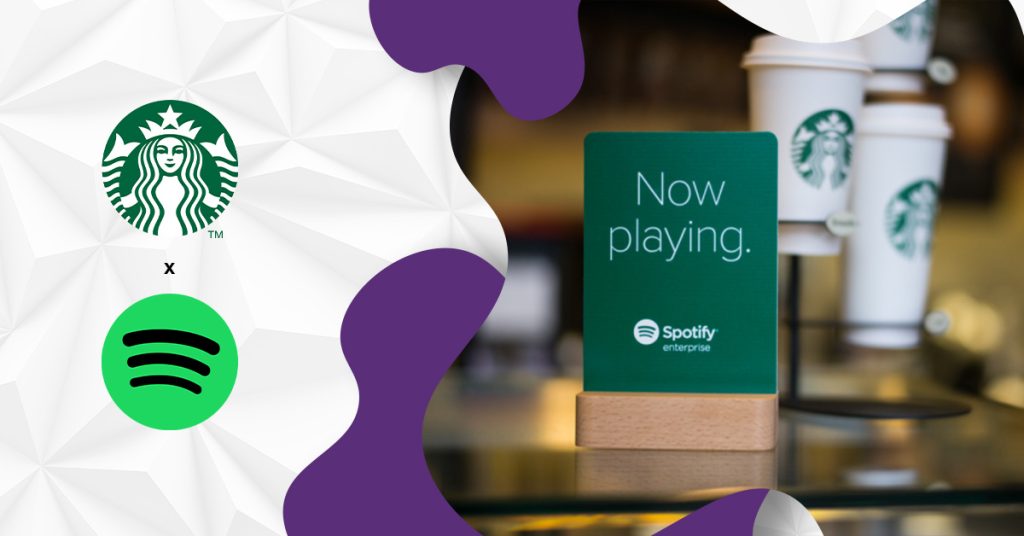
Starbucks and Spotify, two influential brands, created a wonderful partnership in the genre of music and coffee. This innovative collaboration showcased Starbucks’ dedication to creating a personalized, sensory experience for their customers. Spotify, a music streaming giant, was the source of this audio pleasure.
Starbucks patrons enjoyed a curated Starbucks playlist within the Starbucks app, exposing them to new tunes while sipping their favorite brews. What’s more, Spotify users received “Stars” (Starbucks loyalty rewards) through the Starbucks app, reinforcing a symbiotic relationship.
This co-branded initiative transformed the atmosphere of Starbucks stores, making them vibrant hubs where music and coffee coalesced seamlessly. It was a masterstroke, demonstrating the power of co-branding to create unique and engaging experiences for customers.
McDonald’s and Burger King: A Surprising Team-Up in Fast Food
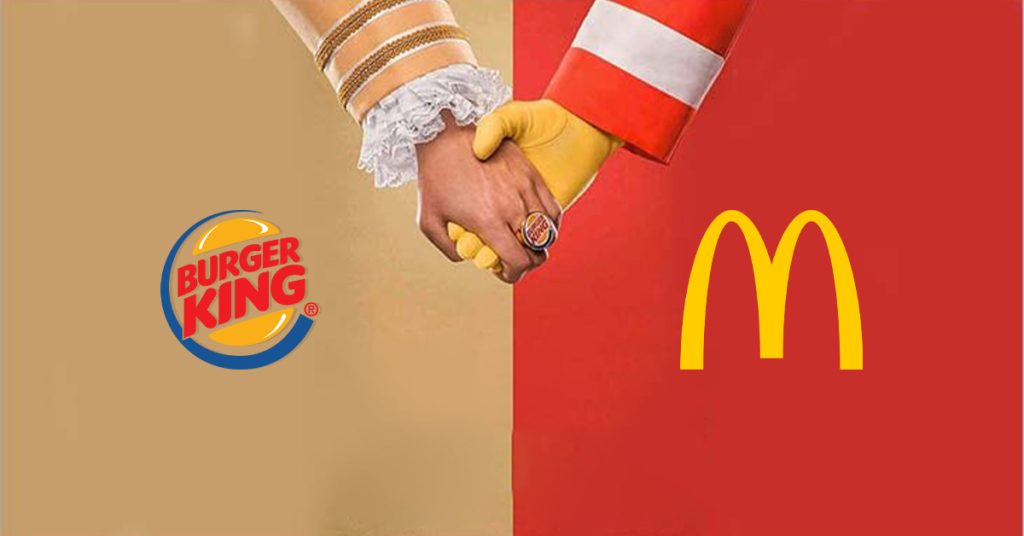
In a twist of events, fast-food giants McDonald’s and Burger King joined forces for an unusual collaboration. This strategic move shook up the competitive fast-food scene, aiming to grab attention.
They introduced a special joint menu for a short time, combining popular items like the Whopper and Big Mac. This unexpected fusion brought joy to customers, creating a buzz and piquing interest.
This turned out to be a surprising success. The co-branded menu not only generated excitement but also led to increased foot traffic and positive reviews.
This partnership showcased how even rivals can create something remarkable by joining forces, adding a new chapter to the fast-food industry’s story.
Get Your Co-Branding Design Done from Design Shifu
This was all about co-branding examples for your small business.
Our experienced team of graphic designers is committed to crafting designs that power your collaborative campaigns.
Book a demo today to witness how we blend creativity and strategy, tailoring designs to elevate your brand partnerships.
Partner with Design Shifu and let’s co-create design solutions that drive meaningful impact for your co-branded ventures. Take the first step towards co-branding success—get in touch with us now.




